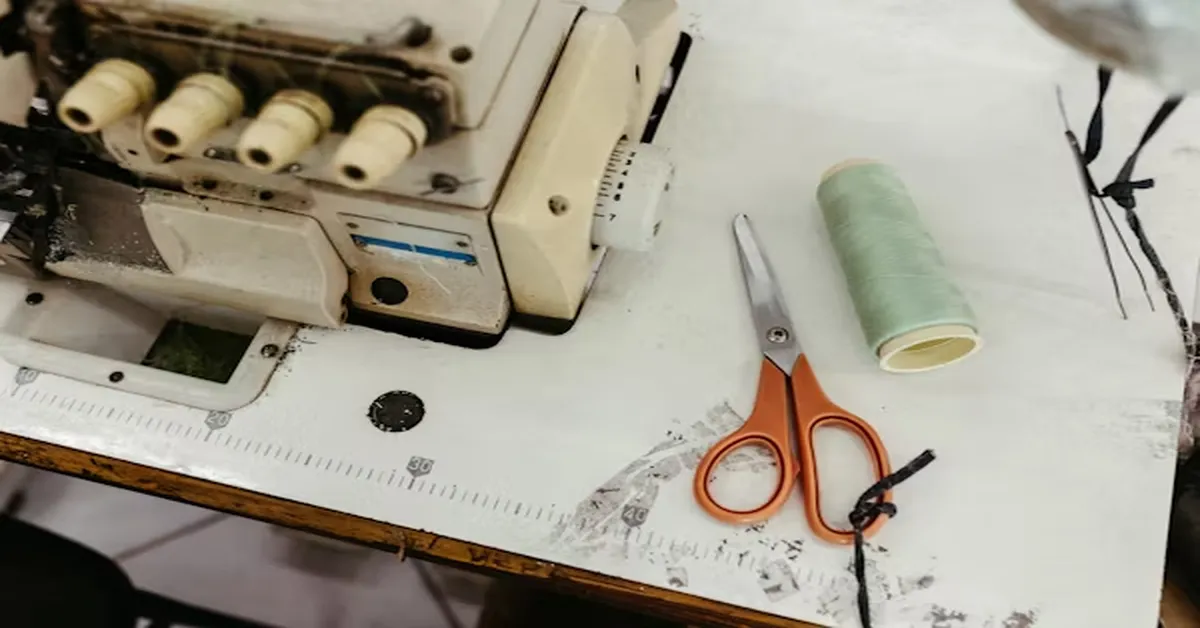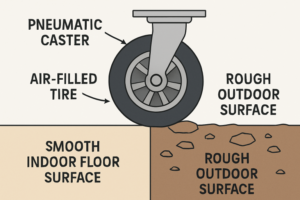Introduction
An embroidery machine is more than a sewing tool; it’s a creative partner that blends craftsmanship with precision technology. In its simplest definition, an embroidery machine automates the process of decorating fabric with patterns, monograms, or designs using thread. For hobbyists, it opens the door to limitless personalization. For professionals, it streamlines production while delivering consistently high quality. Whether you’re outfitting a home studio or upgrading industrial equipment, understanding how embroidery machines work, what features matter, and how to maintain them is the key to making the most of your investment.
1. Understanding the Embroidery Machine
An embroidery machine differs from a traditional sewing machine in its ability to automatically follow a digital design. Using pre-programmed patterns or user-uploaded designs, it stitches images onto textiles with high accuracy.
Core Components Include:
- Hoop System: Holds the fabric taut during stitching.
- Needle Assembly: Drives thread through fabric following design coordinates.
- Feed Mechanism: Moves fabric precisely to align with stitch paths.
- Digital Interface: Allows selection, editing, and uploading of patterns.
Whereas sewing machines focus on seams and garment construction, embroidery machines focus on decorative surface embellishment.
2. Types of Embroidery Machines
Different types cater to different needs. The choice depends on your budget, intended use, and production volume.
| Type | Description | Ideal User |
|---|---|---|
| Single-Needle Home | Resembles a sewing machine with embroidery capabilities; usually has one hoop attachment. | Hobbyists, small projects |
| Multi-Needle Home | Multiple needles for different colors without rethreading; faster color changes. | Serious hobbyists, small business |
| Commercial Single-Head | Larger hoops, higher speeds, robust build. | Small embroidery shops |
| Multi-Head Industrial | Several heads stitch simultaneously for high-volume orders. | Large-scale manufacturers |
3. How an Embroidery Machine Works
The process starts when a design file—usually in formats like DST, PES, or EXP—is loaded into the machine. The fabric is secured in the hoop, the correct threads are loaded, and the machine maps each stitch based on the file’s instructions. Sensors ensure proper tension and color changes happen automatically. Advanced models can detect thread breaks and pause to prevent damage.
4. Features to Look for in an Embroidery Machine
When purchasing, certain features drastically affect usability and output quality:
- Hoop Sizes: Larger hoops allow bigger designs in one pass.
- Stitch Speed: Measured in stitches per minute (SPM); higher speeds mean faster production.
- Built-in Designs & Fonts: Useful for quick projects without importing files.
- Connectivity: USB ports, Wi-Fi, or direct PC connection for design transfers.
- Automatic Thread Cutter: Saves time and reduces thread waste.
- Touchscreen Controls: Simplifies editing designs on the machine.
5. Applications and Uses
Embroidery machines are used in:
- Apparel Customization: Monograms, sports team logos, and corporate branding.
- Home Décor: Pillowcases, curtains, quilts.
- Accessories: Tote bags, hats, scarves.
- Craft Businesses: Etsy shops, local craft fairs, boutique labels.
6. The Cost Spectrum
Prices range widely:
- Entry-level home models: $400–$1,000
- High-end home/multi-needle machines: $3,000–$10,000
- Commercial machines: $12,000–$30,000+
Cost is influenced by speed, hoop capacity, build quality, and included software.
7. Software and Design Creation
Embroidery software enables you to create or customize designs before stitching. Some key functions include:
- Digitizing: Converting images into stitch data.
- Lettering Tools: Adding text in various fonts.
- Editing: Resizing, rotating, and recoloring designs.
- Simulation: Previewing stitch sequences before committing to fabric.
Popular software includes Wilcom, Hatch, and Brother’s PE-Design.
8. Maintenance and Care
Keeping your embroidery machine in peak condition requires:
- Regular Cleaning: Remove lint and dust from bobbin case and needle area.
- Oil Moving Parts: According to manufacturer’s schedule.
- Change Needles Frequently: A dull needle can damage fabric.
- Update Firmware: Ensures compatibility with newer file formats and fixes bugs.
9. Common Problems and Solutions
- Thread Breakage: Check tension, rethread, or replace needle.
- Skipped Stitches: Clean needle plate area and ensure correct needle type.
- Design Misalignment: Re-hoop fabric tightly and recalibrate.
- Machine Jamming: Remove hoop, check bobbin area for tangles.
10. Trends and Innovations
Recent innovations in embroidery machines include:
- AI-Powered Error Detection: Predicts tension issues before they occur.
- Cloud-Based Design Storage: Access patterns from anywhere.
- Eco-Friendly Thread Compatibility: Supports biodegradable and recycled threads.
- 3D Puff Embroidery Support: Adds raised texture to designs.
11. Buying Tips
- Test Before You Buy: Visit a dealer and try stitching a sample.
- Consider After-Sales Support: Good training and technical help can save frustration.
- Match Features to Your Workload: Don’t overpay for industrial features if you only stitch occasionally.
- Check Compatibility: Ensure software supports your preferred file types.
12. Safety Considerations
Embroidery machines are safe when used properly, but you should:
- Keep hands away from the needle area during operation.
- Ensure stable placement on a sturdy surface.
- Unplug before changing needles or cleaning.
13. Environmental Impact
While embroidery machines consume electricity and synthetic threads, sustainable practices—like using organic cotton threads and energy-efficient machines—can reduce environmental impact. Manufacturers are increasingly offering greener production options.
14. The Future of Embroidery Machines
Expect more automation, real-time mobile monitoring, and sustainable production compatibility. Hobbyists will benefit from smaller, quieter models, while professionals may see machines with fully automated hoop changes and instant design recognition.
ALSO READ: VIP Stand: A Complete and Updated Informational Guide
FAQs
1. Can an embroidery machine also sew?
Some combination models can both sew and embroider, but dedicated embroidery machines usually focus solely on decorative stitching.
2. What file formats do embroidery machines use?
Common formats include PES, DST, EXP, and JEF, though compatibility depends on the machine brand.
3. How often should I service my embroidery machine?
Light home use may require annual servicing, while commercial use may require servicing every 3–6 months.
4. Can I use any thread in my embroidery machine?
Not all threads are suitable; embroidery machines typically require smooth, high-strength rayon or polyester threads.
5. Is it hard to learn to use an embroidery machine?
With modern interfaces and tutorials, beginners can learn quickly, though mastering design digitizing takes practice.









